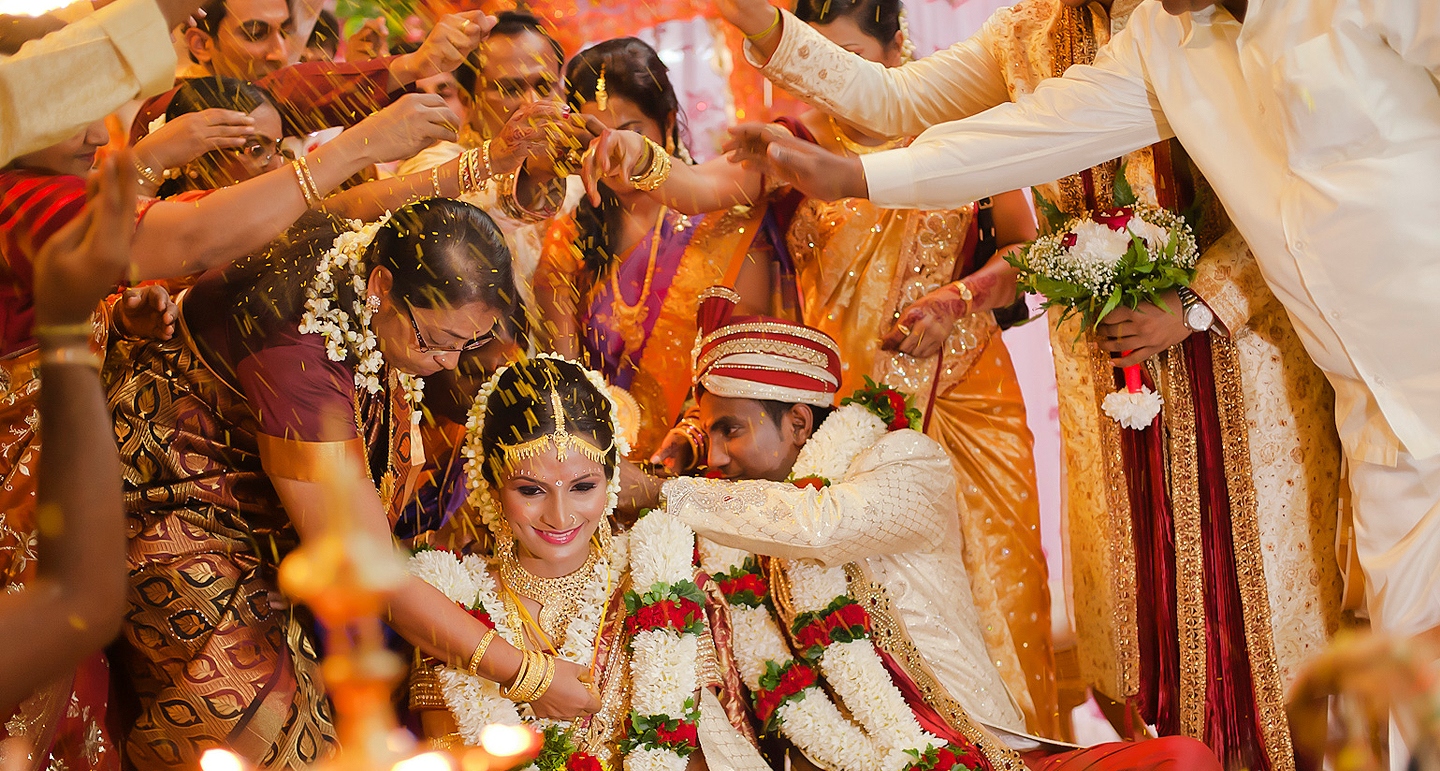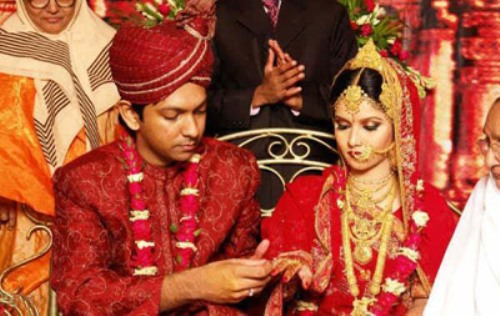
As such, some of the cases which would previously have been recorded as advice and support cases have now been recorded as general enquiries (and therefore feature in the figure of 868 rather than 337). The change in recording practices was in place throughout 2021.


The pandemic likely constituted the main factor. As set out in the 2020 statistics, this had some impact on the reduction in the number of advice and support cases compared with the previous year, although FMU’s assessment is that the effects of In doing so, some contacts that might previously have been included as a case of ‘potential or actual forced marriage’ but which did not relate to a specific individual where advice and support was requested of the FMU, were more appropriately categorised as a ‘general enquiry’. In preparing the 2020 statistics, FMU made some changes to recording practices. FMU began to record these in 2018, separate to the advice and support cases which comprised the annual published statistics.

It also responded to 868 general enquiries.Ī case in which advice and support is given (‘advice and support cases’) is one where the FMU is provided with details of a specific individual at risk of, or affected by, forced marriage (or FGM), and actively provides advice and support for as long as required.Ī general enquiry is one where the FMU may be asked to provide general advice and/or signposting to other sources of guidance or information. Possible female genital mutilation ( FGM). is a Chennai-based journalist.In 2021, the Forced Marriage Unit ( FMU) gave advice and support in 337 cases related to a possible forced marriage and/or It’s a long way from what the real Indian marriage looks like.
Arranged marriage statistics movie#
The closest that India got to Crazy Rich Asians this summer was probably Veere Di Wedding-a movie where the only character contemplating an arranged match decides against it.
Arranged marriage statistics skin#
The scheduled caste man was least likely to be contacted, despite all other variables-educational qualifications, salary, and even skin colour-being nearly the same. In 2015, researchers contacted 1,000 prospective brides through matrimonial websites and found that while half of them expressed an interest in potential partners belonging to caste groups other than their own, nearly all expressed an interest in men of their own caste. But there is likely a large gap between stated and revealed preferences. Over 80% replied to another variation of the idea-“is intermarriage acceptable when the two people are of different castes?"-by saying no.įor richer urban Indians, these numbers may seem unlikely, given that younger people often profess their willingness to marry outside their caste. Education and income group almost don’t make any difference to attitudes to inter-caste marriage either. This did not change with age even among people in their twenties, over 70% said they would not accept an inter-caste marriage for any of their children. Three-quarters of urban respondents in the Lok survey said they would not accept an inter-caste marriage for any of their children.

Inter-religious marriage was even less common just 5% of urban respondents in the Lok survey said anyone in their family had married someone outside their religion. The IHDS also found that just 5% of urban respondents said they had an inter-caste marriage, and the number has changed little since the previous round seven years earlier.


 0 kommentar(er)
0 kommentar(er)
